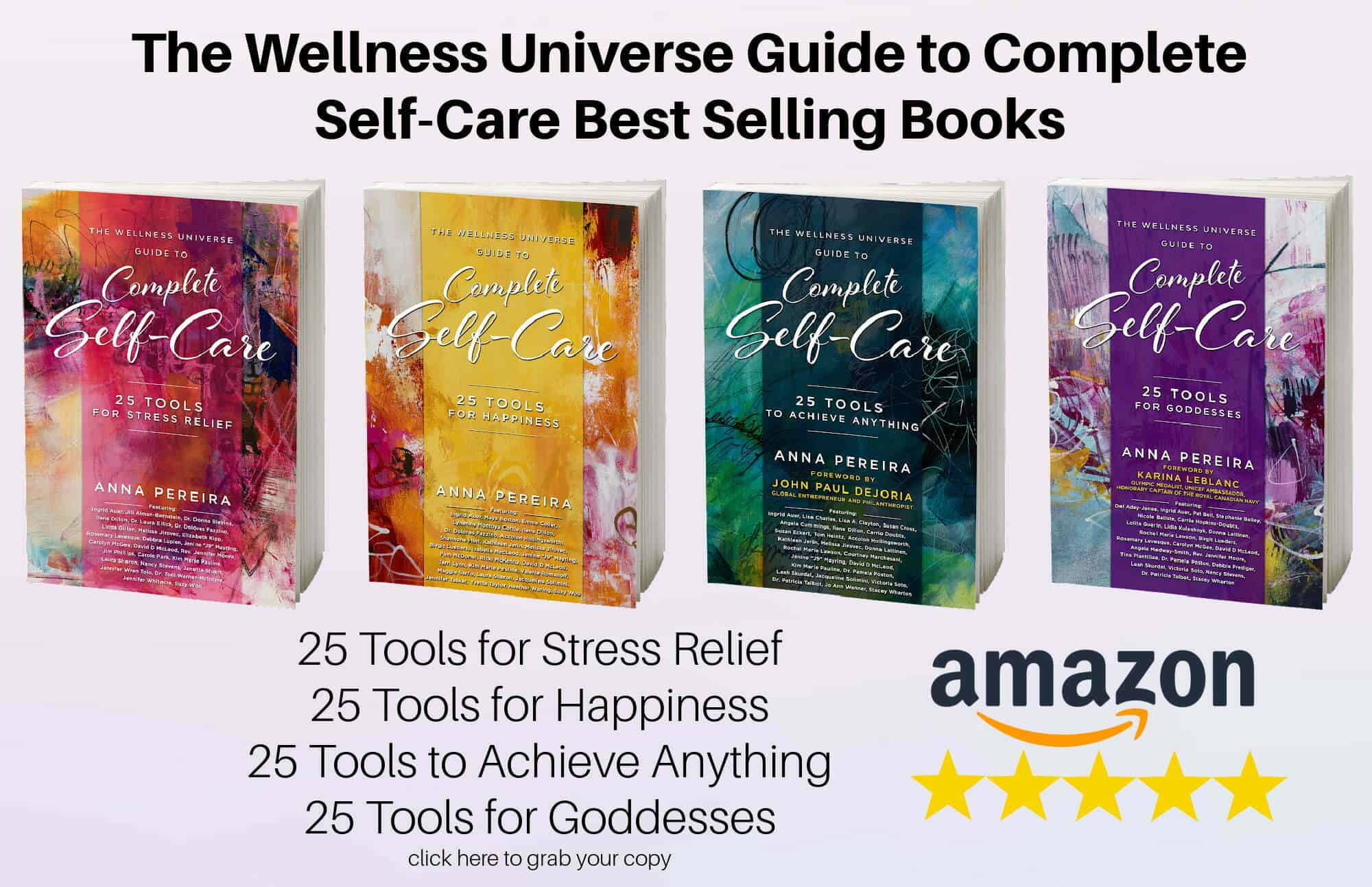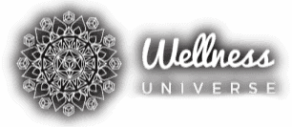Childhood trauma can leave deep emotional wounds that continue to impact us into adulthood. These wounds, often stemming from unmet emotional needs, can manifest in various ways, affecting our behavior, relationships, and overall well-being. However, healing from childhood trauma is possible through a process called reparenting. In this blog, we will explore the concept of reparenting and the step-by-step guidelines on how to work on childhood trauma to promote personal growth and progress.
Understanding the Wounded Inner Child
The inner child represents the core of who we are as individuals and is shaped by our childhood experiences. Painful and traumatic events during childhood, coupled with a lack of nurturing and support from parents or caregivers, can leave deep emotional wounds within the inner child. These unresolved traumas can influence our adult behaviors, creating challenges in areas such as self-esteem, relationships, and emotional well-being.
Reparenting: Giving Yourself the Love You Deserve
Reparenting is a powerul therapeutic approach that aims to heal the wounded inner child. It involves giving yourself the love, respect, and care that may have been lacking during your formative years. While it may seem counterintuitive, reparenting recognizes that as adults, we have the ability to become our own nurturing and supportive parents. By doing so, we can address the emotional wounds from the past and foster personal growth.
Steps to Work on Childhood Trauma
Step 1: Acknowledge the Trauma
The first step in healing from childhood trauma is to acknowledge its existence. It can be challenging to confront painful memories but facing them head-on is essential for the healing process. Allow yourself to feel the emotions associated with the trauma and be gentle with yourself during this vulnerable time.
Step 2: Seek Professional Help
Working with a therapist or counselor who specializes in trauma can be immensely beneficial. A trained professional can guide you through the healing process, help you process your experiences, and develop coping strategies. They can also provide a safe space for you to explore and express your emotions without judgment.
Step 3: Establish a Support Network
Connecting with others who have experienced similar traumas can provide a sense of validation and belonging. Consider joining support groups, engaging in online forums, or confiding in close friends or family members who understand your experiences. Surrounding yourself with a supportive network can help you feel less alone in your healing journey.
Step 4: Practice Self-Care
Taking care of your physical, emotional, and mental health is crucial during the healing process. Engage in self-care practices such as exercise, sufficient rest, nutritious eating, and mindfulness techniques like meditation. Prioritizing self-care will help build resilience and enhance your overall well-being.
Step 5: Educate Yourself on Trauma
Knowledge is empowering. Educate yourself about the different types of childhood trauma and their effects. Understanding the impact of trauma on your life can help you make informed decisions about your healing journey. Research different therapeutic approaches and evidence-based interventions that resonate with you.
Healing from childhood trauma is a journey that requires patience, self-compassion, and courage. By acknowledging the presence of the wounded inner child and embarking on a process of reparenting, you can provide yourself with the love, respect, and support that may have been lacking during your childhood. Remember, you are not alone on this journey. Seek professional help and surround yourself with a supportive network to nurture your inner child and progress towards a healthier, happier future.
References
- Reparenting to Heal the Wounded Inner Child
- Navigating Childhood Trauma and Recovery: Types, Effects, and Evidence-Based Approaches
- Why Are Memories of My Past Trauma Coming Back Now?
All information, content, and material are for informational purposes only and are not intended to serve as a substitute for the consultation, diagnosis, and/or medical treatment of a qualified physician or healthcare provider. The information supplied through or on this page, or by any representative or agent of The Wellness Universe, is for informational purposes only and does not constitute medical, legal, or other professional advice. Health-related information provided through this website is not a substitute for medical advice and should not be used to diagnose or treat health problems or to prescribe any medical devices or other remedies. The Wellness Universe reserves the right to remove, edit, move, or close any content item for any reason, including, but not limited to, comments that are in violation of the laws and regulations formed pursuant to the Federal Food, Drug, and Cosmetic Act. None of the posts and articles on The Wellness Universe page may be reprinted without express written permission.
The Wellness Universe presents Leah Skurdal, Resilience Event Leader, Reset Meditation Guide, and Visionary Thought Leader, holding space and guiding you through High Vibration Living: Leaders Bridging Inner & Outer Peace. A program for heart-led leaders to connect and grow brought to you in partnership with Wellness for All programming.
Catch the recorded session(s) and be sure to join the next LIVE class!
Register today

see how our self-care books are helping thousands of people around the world. Digital and paperback books are available now.
Connect to the people that help you live your best life: The Wellness Universe
The Wellness Universe is your resource for health, wellness, well-being, and transformation. We serve and support professionals who make the world a better place and individuals and groups who seek their best life.
A woman owned company; having the vision in 2013, Anna Pereira launched the first directory in 2015 bringing together a community of members making the world a better place to be found by those seeking their best life. The Wellness Universe has grown since then to be a one-stop shop for total wellness support! We are a vetted community, online directory, book publisher, resource center, event producer, content platform, and so much more, supporting whole-health and well-being on a global scale.
The Wellness Universe is a home that connects industry professionals in the health, wellness, and well-being fields to seekers of total well-being. WU provides our WU World-Changer members with peer support, Wellness Universe produced events (live and online), projects, visibility, business mentoring, and community. Through The Wellness Universe our WU World-Changer members serve WU Friends, seekers of health, wellness and transformation, with coaching, workshops, content and more.
The Wellness Universe provides individuals and groups seeking their best lives with access to our members, wellness content, educational resources, and guidance in all areas of wellness to transform visions of how they want to live life into the life they experience.
Through the directory, WU Featured Blog, SoulTreat wellness retreat, Self-Care Books, group well-being programs, and online learning center, The Lounge, The Wellness Universe provides many avenues to support whole health, mind, body, spirit and planet.
Join us today! Wellness Professional or Seeker of Your Best Life




